| Structure | Name/CAS No. | Articles |
|---|---|---|
 |
N-hexane
CAS:110-54-3 |
|
 |
Cyclohexanone
CAS:108-94-1 |
|
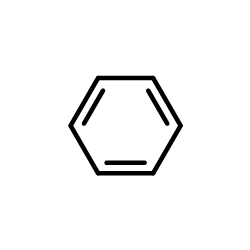 |
benzene
CAS:71-43-2 |
|
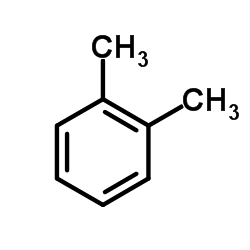 |
o-xylene
CAS:95-47-6 |
|
 |
cyclohexane
CAS:110-82-7 |
|
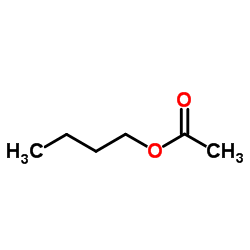 |
butyl acetate
CAS:123-86-4 |
|
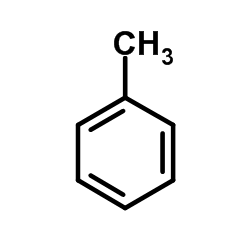 |
Toluene
CAS:108-88-3 |
|
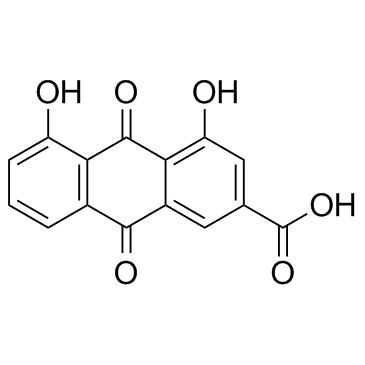 |
Rhein
CAS:478-43-3 |
|
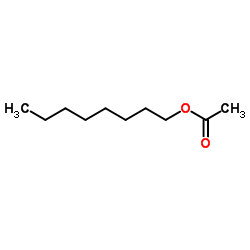 |
Octyl acetate
CAS:112-14-1 |
|
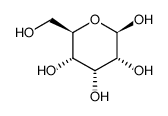 |
Beta-D-allose
CAS:7283-09-2 |